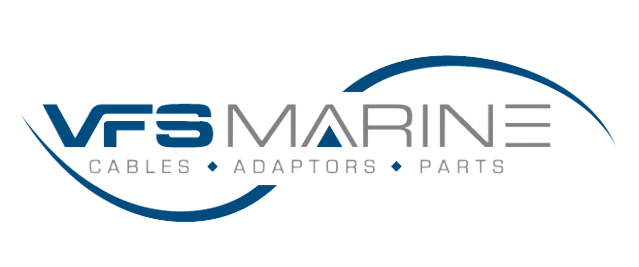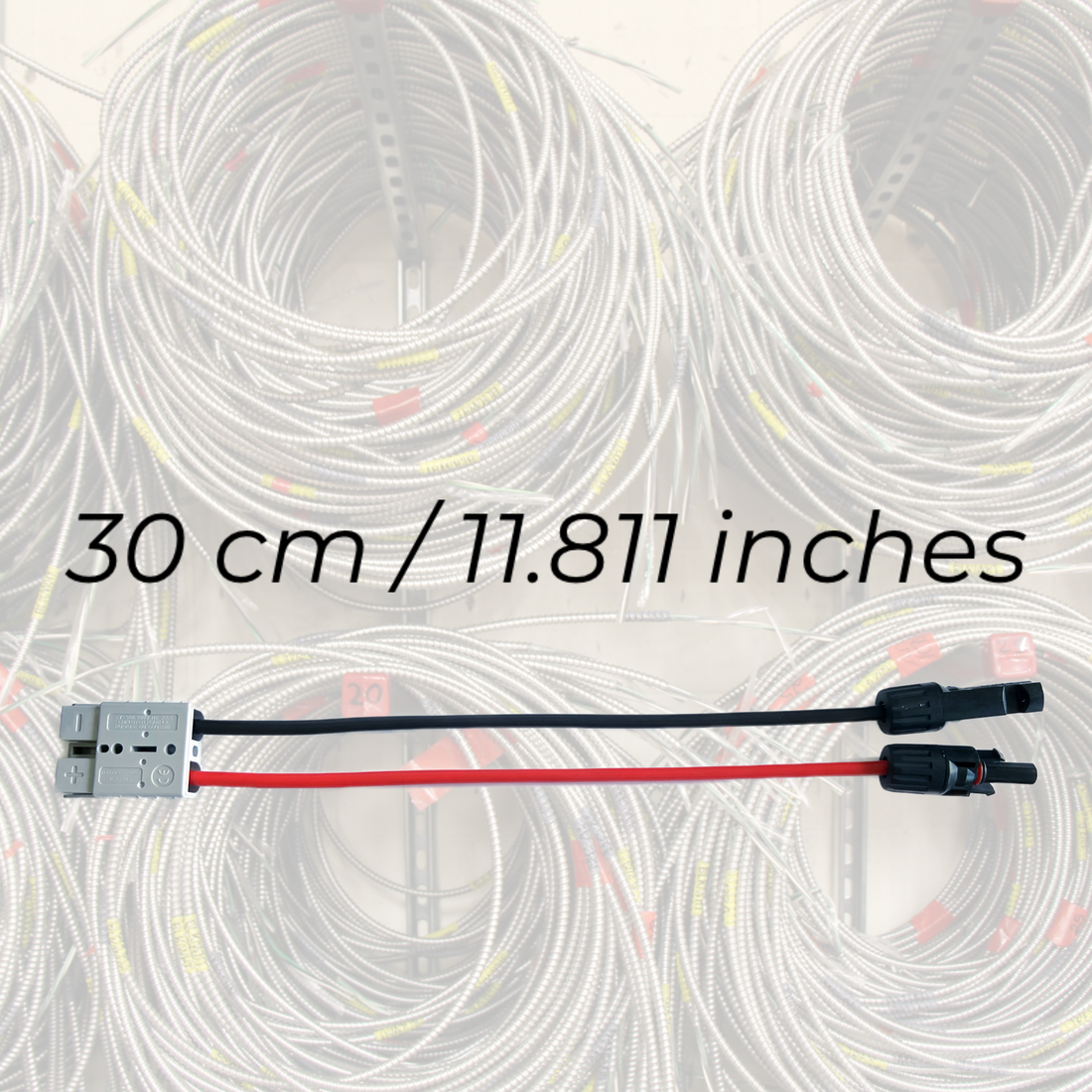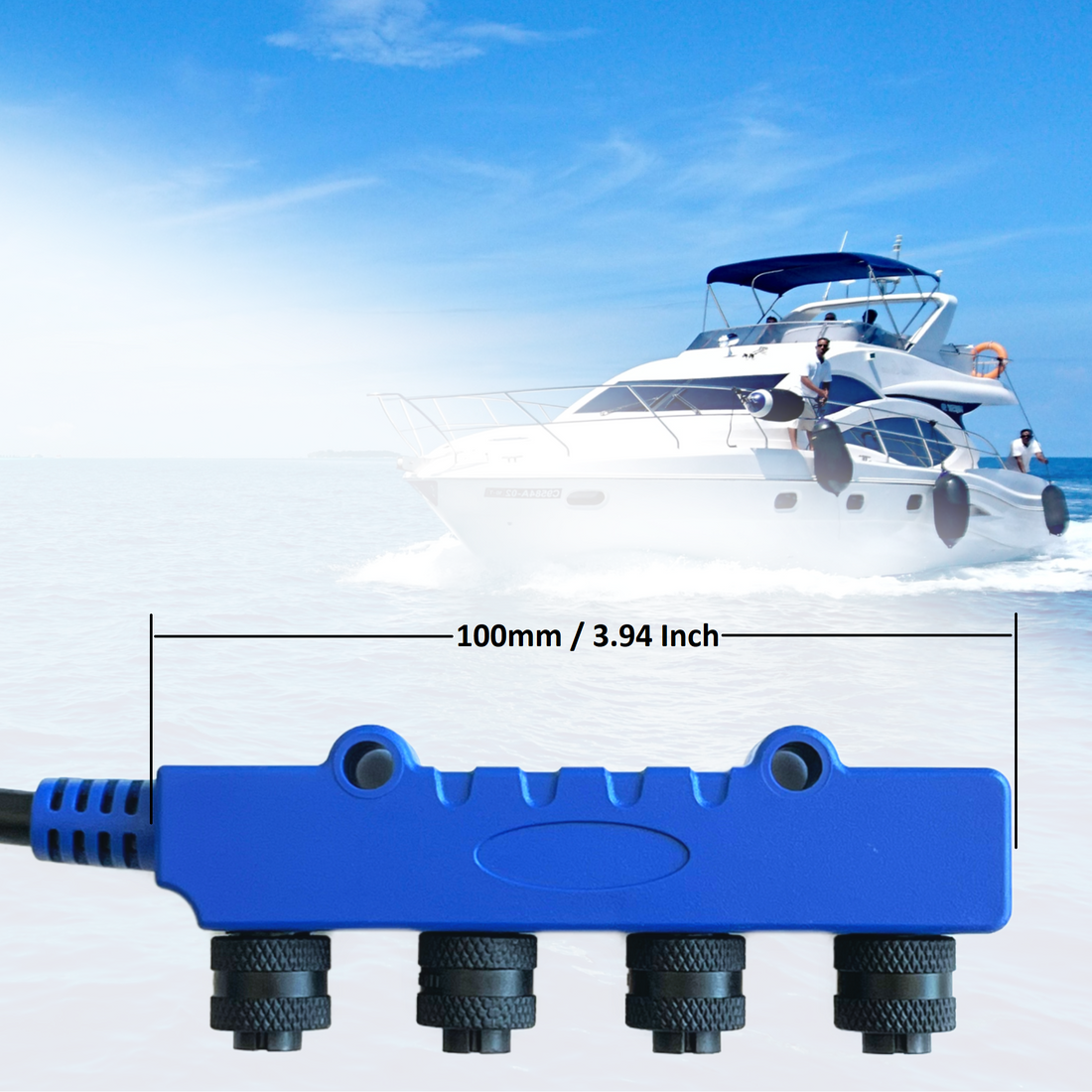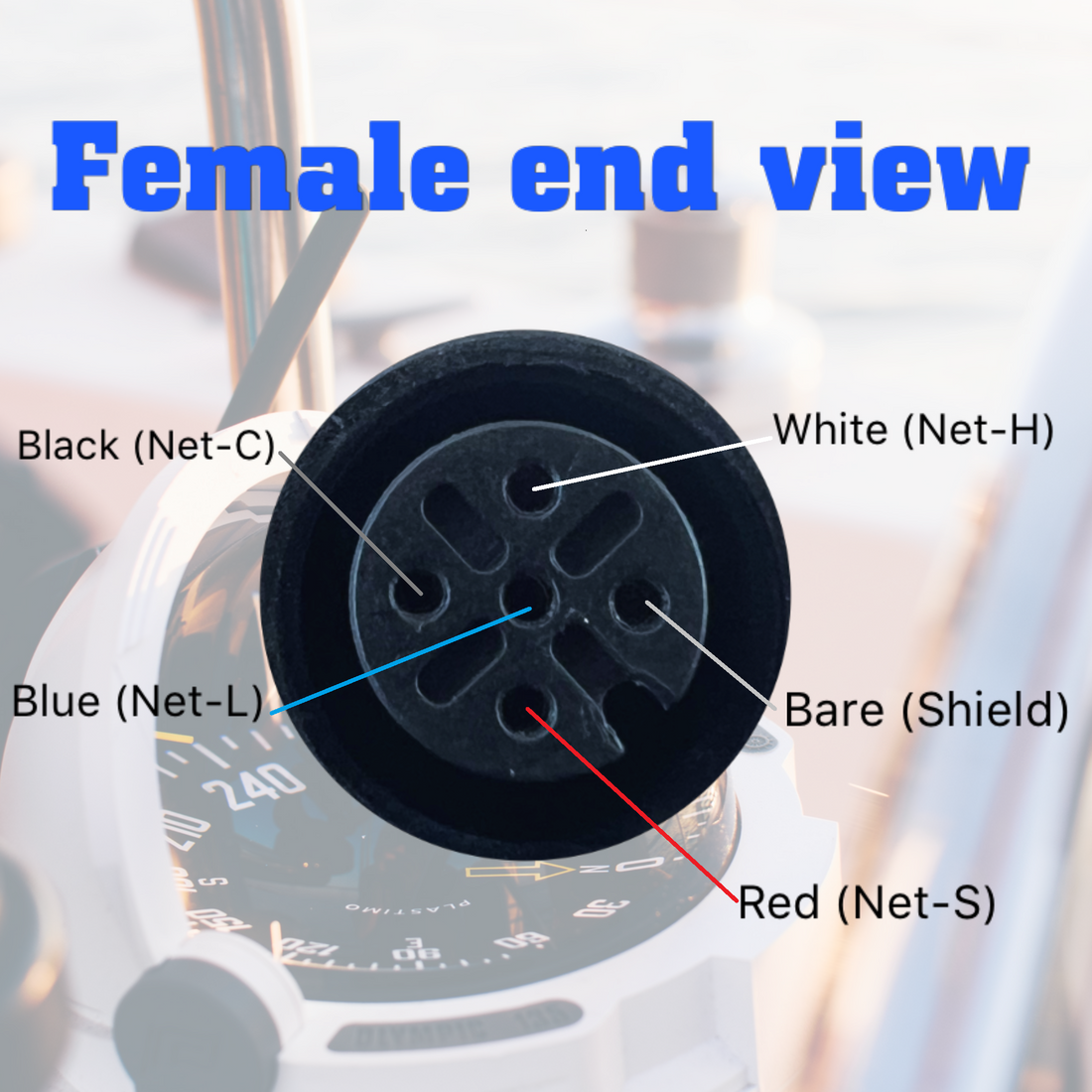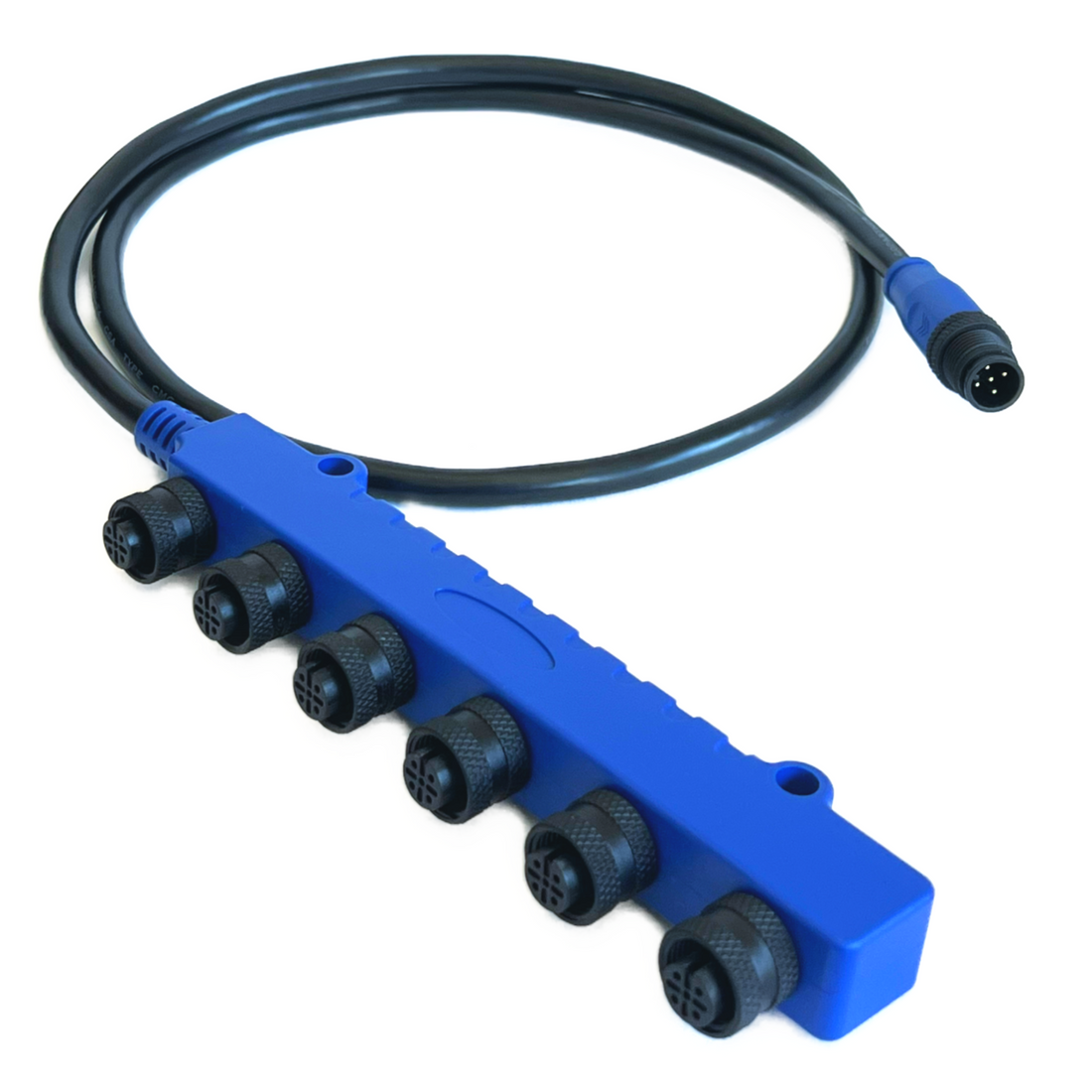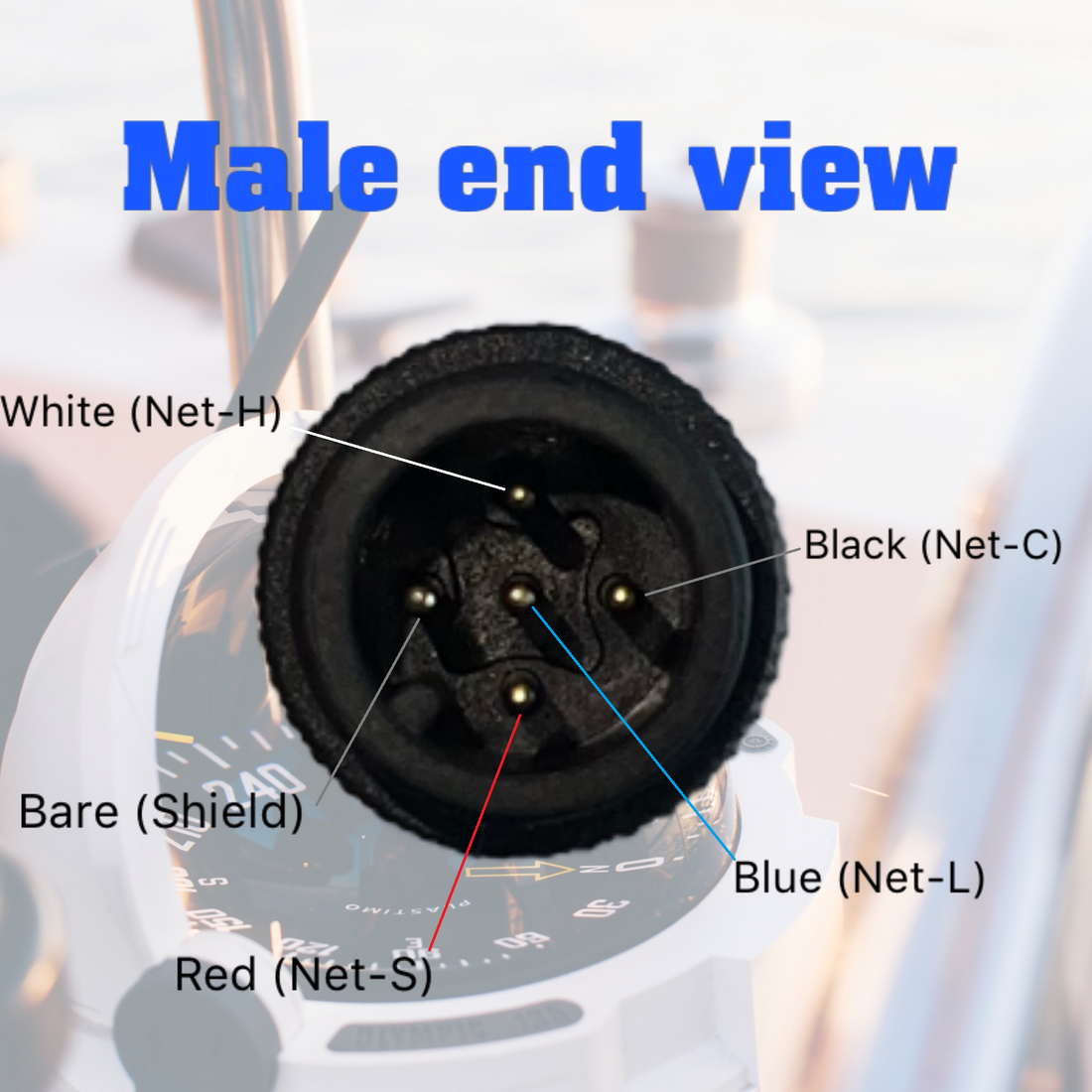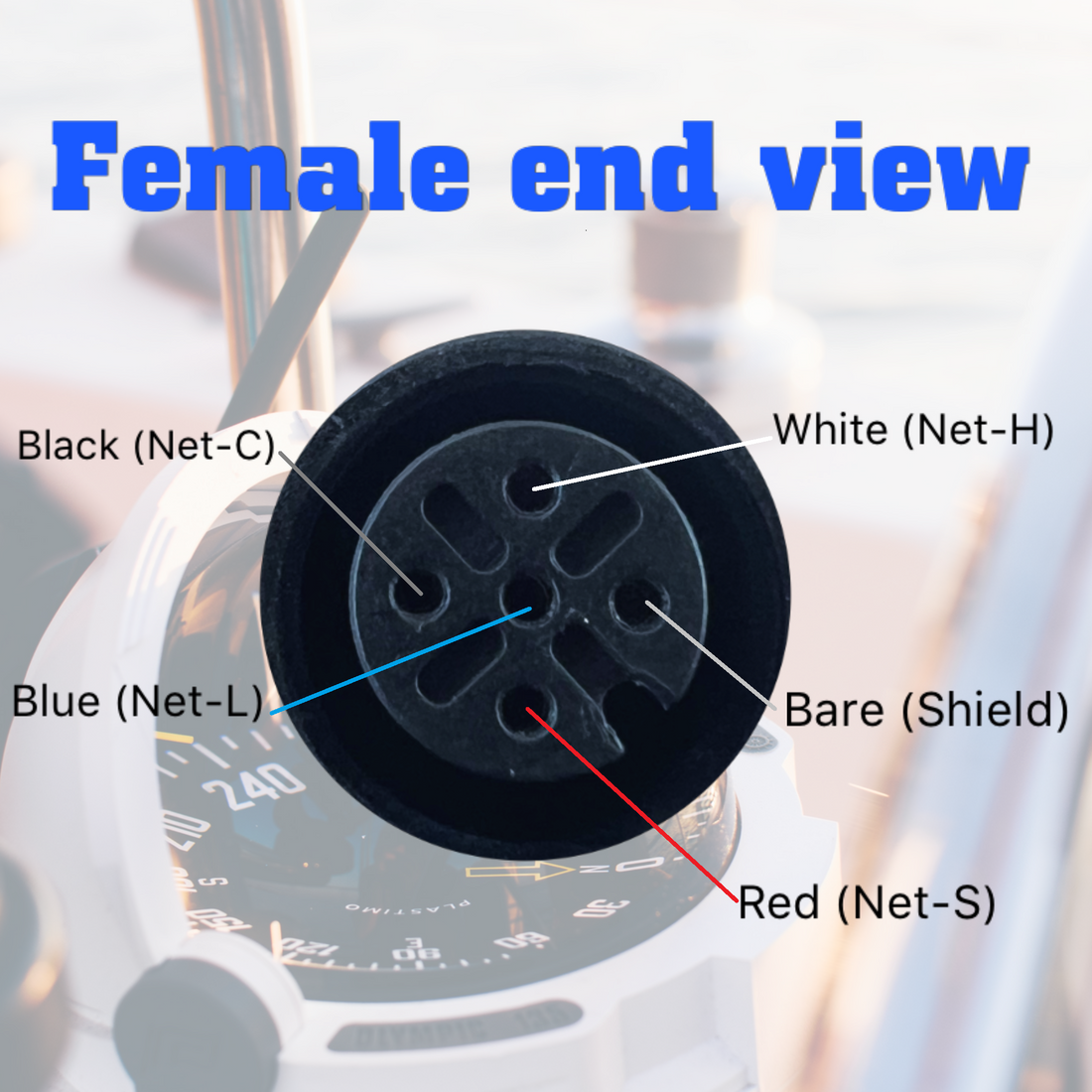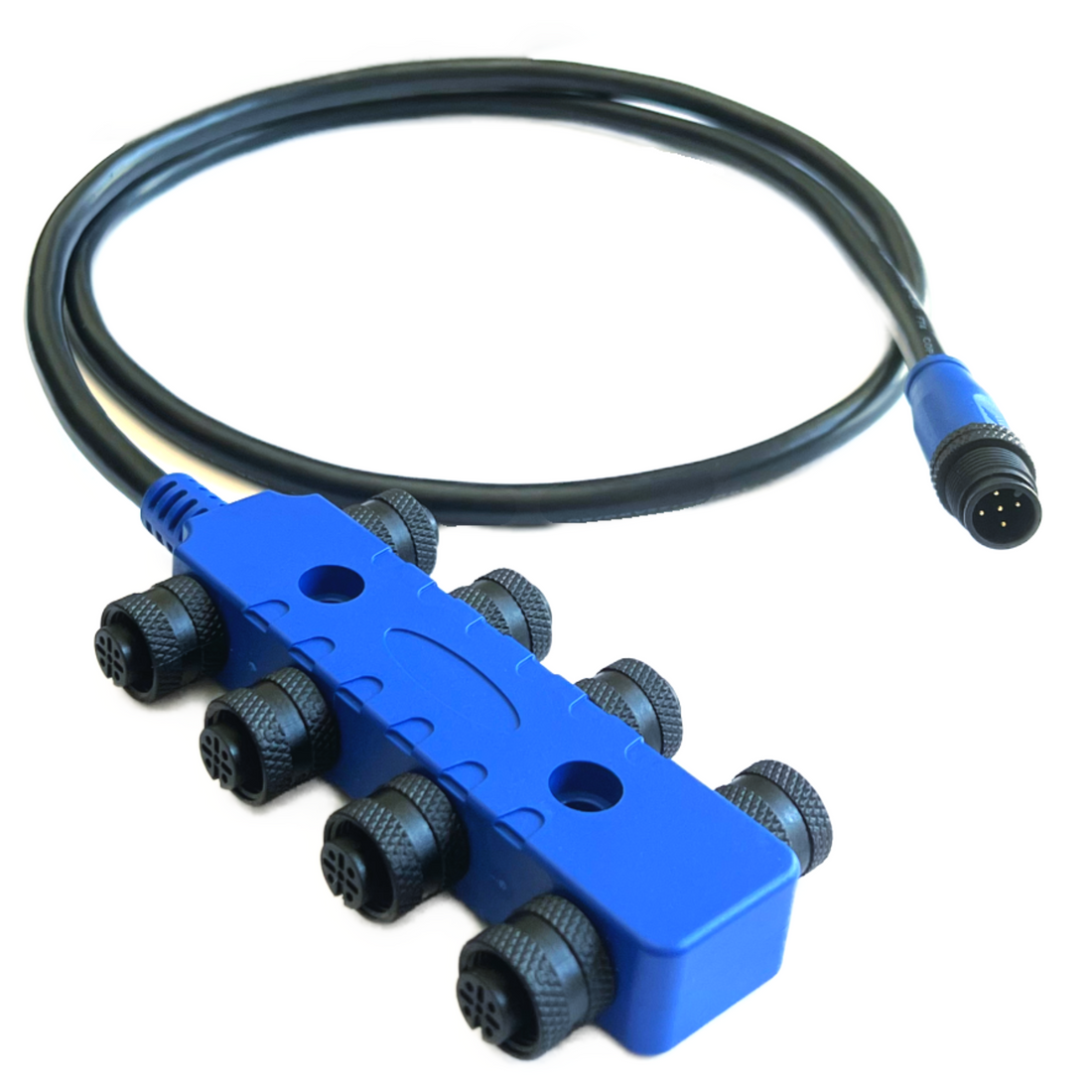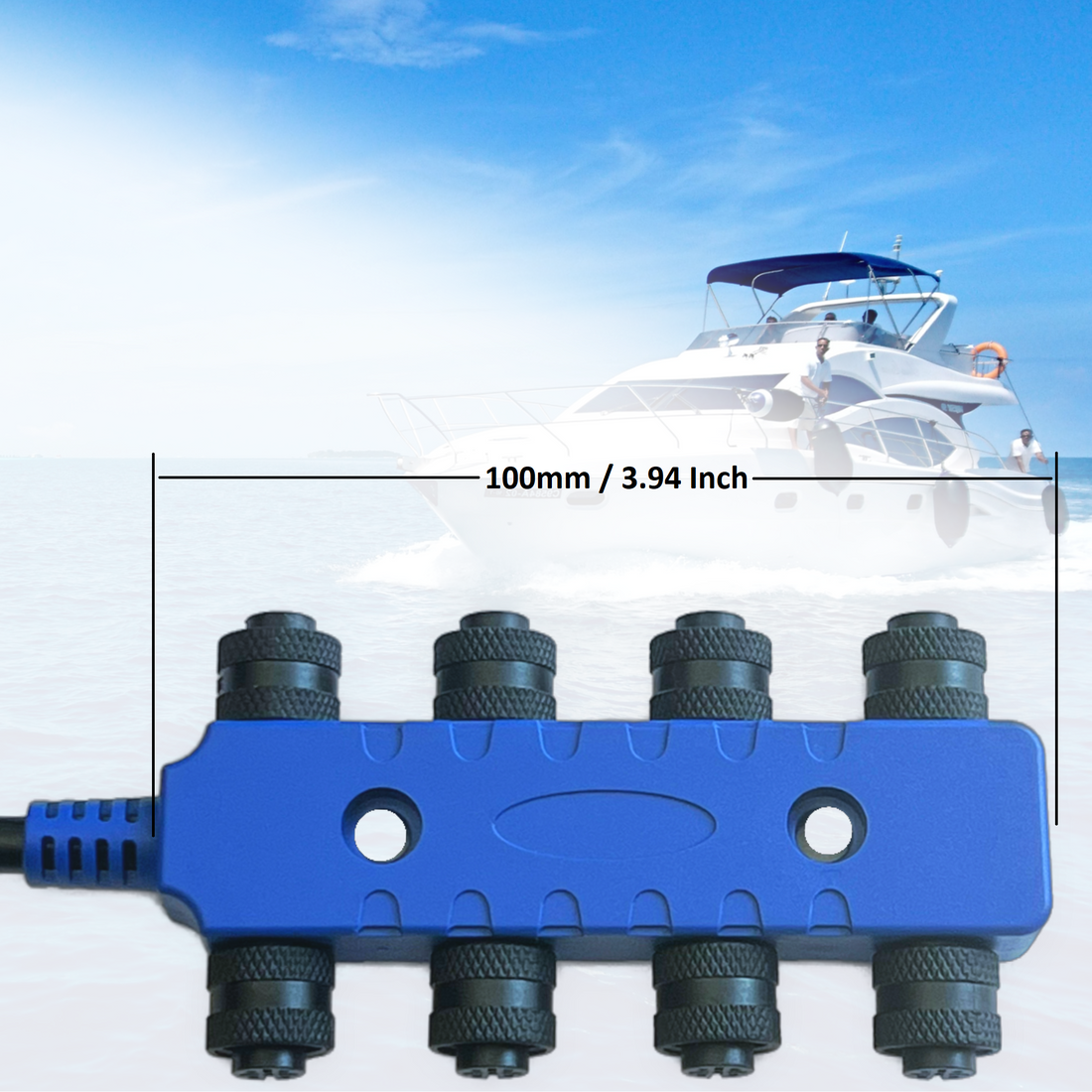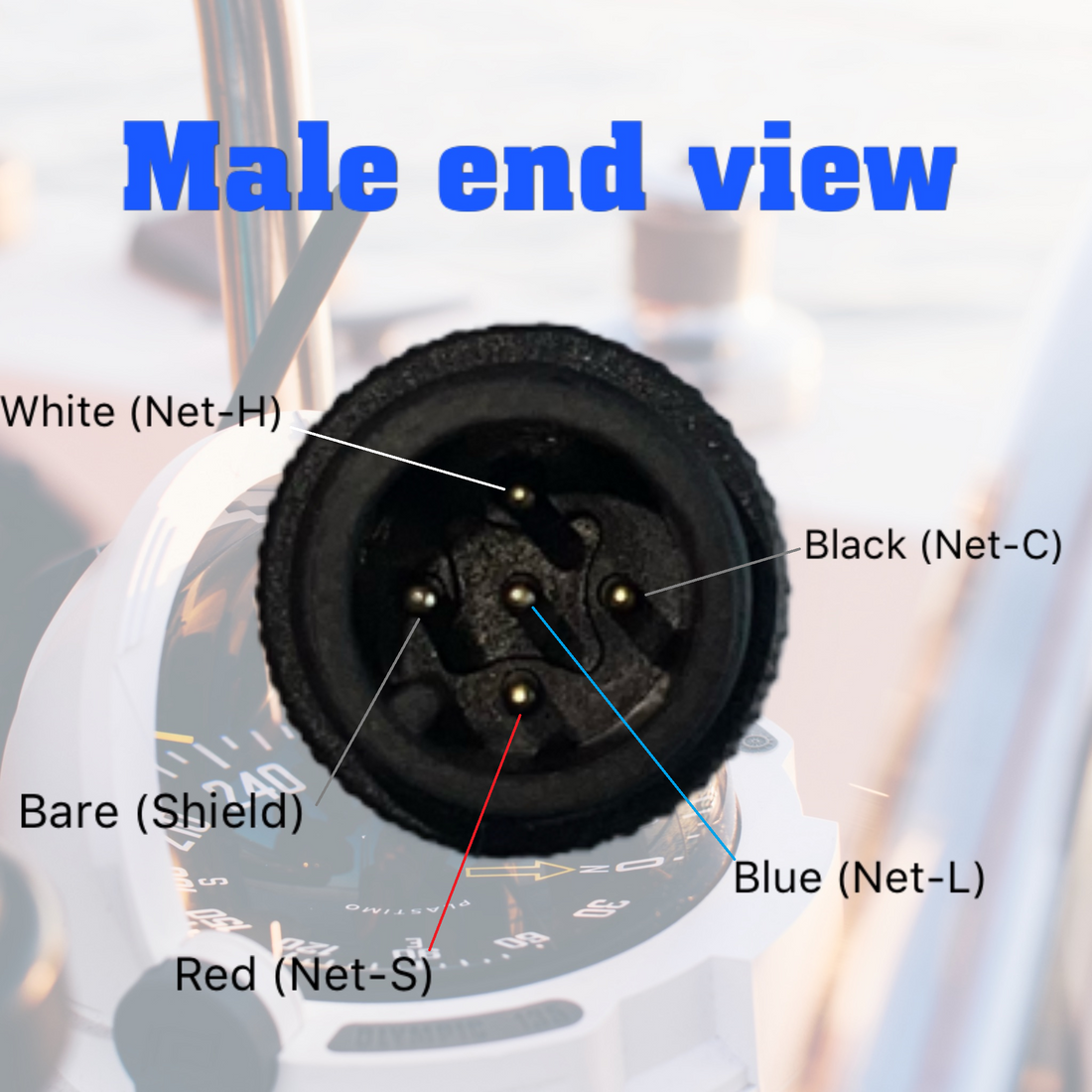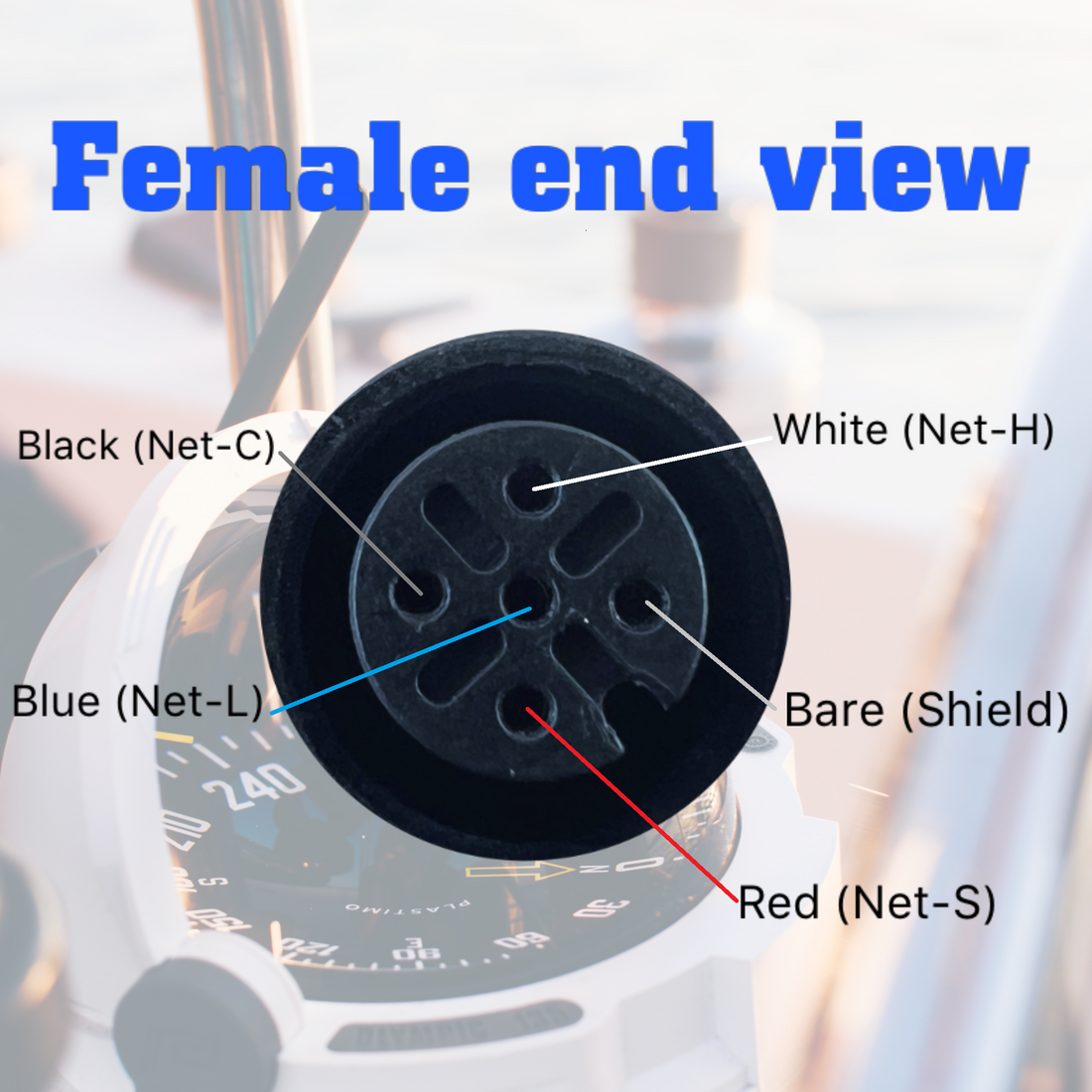
News
How NMEA Cables are Revolutionizing Marine Navigation and Connectivity
How NMEA Cables are Revolutionizing Marine Navigation and Connectivity
How NMEA Cables are Revolutionizing Marine Navigation and Connectivity
In today's technologically advanced world, marine navigation and connectivity have taken a giant leap forward with the introduction of NMEA cables. These innovative cables are revolutionizing the way boats and ships navigate the vast seas, ensuring a smooth and efficient sailing experience.
NMEA, or the National Marine Electronics Association, has established itself as the leading authority in marine electronics standards. Their cables have become indispensable tools for seamless communication between various onboard devices, enabling real-time data exchange and accurate navigation readings.
Whether it's transmitting GPS coordinates, speed and distance information, or even fuel consumption data, NMEA cables provide a reliable and secure connection between navigation instruments, radar systems, autopilots, and more. With their ability to transmit large amounts of data quickly and efficiently, these cables are significantly enhancing safety, efficiency, and overall performance.
By incorporating the latest advancements in technology, NMEA cables have transformed marine navigation, allowing sailors and mariners to navigate with confidence and accuracy. So, if you're looking to upgrade your vessel or explore the seas with top-notch connectivity, NMEA cables are the game-changer you can't afford to miss.
[Brand Voice] At XYZ Marine, we take pride in offering the most advanced NMEA cables that provide unparalleled performance and reliability. Say goodbye to connectivity issues and embrace the future of marine navigation with XYZ Marine's cutting-edge NMEA cables.
The importance of marine navigation and connectivity
In today's technologically advanced world, marine navigation and connectivity have taken a giant leap forward with the introduction of NMEA cables. These innovative cables are revolutionizing the way boats and ships navigate the vast seas, ensuring a smooth and efficient sailing experience.
NMEA, or the National Marine Electronics Association, has established itself as the leading authority in marine electronics standards. Their cables have become indispensable tools for seamless communication between various onboard devices, enabling real-time data exchange and accurate navigation readings.
What are NMEA cables and how do they work?
Marine navigation plays a crucial role in ensuring the safety and efficiency of boats and ships. Accurate navigation is essential for avoiding hazards, reaching the intended destination, and optimizing fuel consumption. Furthermore, reliable connectivity is essential for effective communication between onboard devices and external systems, such as weather updates and emergency services.
Without proper navigation and connectivity, sailors and mariners face the risk of getting lost, encountering dangerous obstacles, or facing unexpected emergencies. This not only jeopardizes their safety but also impacts their efficiency and overall performance. Therefore, the importance of reliable marine navigation and connectivity cannot be overstated.
Advantages of using NMEA cables in marine navigation
NMEA cables are specialized cables designed for marine applications, specifically for transmitting and receiving data between different onboard devices. These cables adhere to the standards set by the National Marine Electronics Association, ensuring compatibility and seamless communication.
NMEA cables work by transmitting data in a standardized format, allowing different devices to understand and interpret the information accurately. They use a combination of electrical signals and protocols to transfer data between devices. This data can include GPS coordinates, speed and distance information, fuel consumption, and much more.
The cables connect various navigation instruments, radar systems, autopilots, and other onboard devices, creating a network that enables real-time data exchange. This network allows sailors and mariners to access accurate and up-to-date information, enhancing their ability to navigate efficiently and safely.
Different types of NMEA cables and their applications
The use of NMEA cables in marine navigation offers several advantages that significantly improve safety, efficiency, and overall performance.
Firstly, NMEA cables provide a reliable and secure connection between devices, ensuring that the data is accurately transmitted without interference or loss. This reliability is essential for making informed decisions based on accurate information.
Secondly, NMEA cables facilitate real-time data exchange, allowing sailors and mariners to access up-to-date information about their vessel's position, speed, and other relevant parameters. This real-time data empowers them to make precise navigational adjustments and optimize their routes for fuel efficiency.
Thirdly, NMEA cables enable seamless integration between different onboard devices and systems. This integration allows for enhanced automation and control, such as autopilot systems that can receive and interpret navigation data directly from GPS devices.
Lastly, NMEA cables support the interoperability of marine electronics. By adhering to standardized protocols, these cables ensure compatibility between devices from different manufacturers. This interoperability allows sailors and mariners to choose the best devices for their needs without worrying about compatibility issues.
Common misconceptions about NMEA cables
NMEA cables come in various types, each designed for specific applications and requirements. Understanding the different types of NMEA cables can help sailors and mariners select the most suitable options for their vessels.
1. NMEA 0183: This is the older standard for NMEA cables, designed for basic data communication. It uses a serial communication protocol and is commonly used for transmitting GPS data, depth sounder information, and other essential navigation data.
2. NMEA 2000: This is the newer and more advanced standard for NMEA cables. It uses a faster and more robust network protocol, allowing for the transmission of larger amounts of data. NMEA 2000 cables are commonly used for transmitting complex navigation data, engine information, fuel consumption data, and more.
3. NMEA 0183 to NMEA 2000 converters: These cables are used to bridge the gap between older NMEA 0183 devices and newer NMEA 2000 systems. They enable the integration of legacy devices into a modern NMEA 2000 network, ensuring compatibility and seamless data exchange.
Installation and maintenance of NMEA cables
Despite their numerous benefits, there are some common misconceptions about NMEA cables that may deter sailors and mariners from fully embracing this technology. It is important to address these misconceptions and provide accurate information to make informed decisions.
1. Complexity: Some may believe that installing and configuring NMEA cables is a complex and time-consuming process. However, with proper guidance and support, the installation and setup can be straightforward. Manufacturers often provide detailed instructions and technical support to simplify the process.
2. Cost: Another misconception is that NMEA cables are expensive. While there may be a cost associated with upgrading to NMEA-compatible devices and cables, the benefits they offer in terms of safety, efficiency, and performance outweigh the initial investment.
3. Compatibility: Some may worry about compatibility issues between different devices and manufacturers. However, the NMEA standards ensure interoperability and compatibility between devices, allowing sailors and mariners to choose the best equipment for their specific needs.
NMEA cable manufacturers and where to buy them
Proper installation and maintenance of NMEA cables are essential to ensure optimal performance and longevity. Here are some key considerations for installing and maintaining NMEA cables:
1. Plan the installation: Before installing NMEA cables, carefully plan the network layout and consider the placement of devices. Ensure that cables are routed away from sources of interference and potential damage.
2. Follow manufacturer guidelines: Manufacturers provide specific instructions for installing and connecting NMEA cables. It is crucial to follow these guidelines to ensure proper functionality and avoid potential issues.
3. Secure connections: Ensure that all connections are secure and properly tightened to prevent loose or intermittent connections. Loose connections can lead to data loss or unreliable communication between devices.
4. Regular inspections: Perform regular inspections of NMEA cables to check for any signs of wear, damage, or corrosion. Replace any damaged cables or connectors to maintain optimal performance.
5. Firmware updates: Keep the firmware of NMEA-compatible devices up to date to ensure compatibility and access to the latest features and improvements.
Future trends in NMEA cables and marine technology
Several reputable manufacturers specialize in producing high-quality NMEA cables. These manufacturers adhere to the NMEA standards and offer a wide range of options to suit different marine applications.
Some popular NMEA cable manufacturers include:
1. XYZ Marine: XYZ Marine takes pride in offering cutting-edge NMEA cables that provide unparalleled performance and reliability. Their cables are designed to meet the highest industry standards and ensure seamless communication between onboard devices.
2. ABC Electronics: ABC Electronics is a trusted name in the marine electronics industry, known for their innovative NMEA cables. They offer a wide range of cables for various marine applications, backed by their commitment to quality and customer satisfaction.
3. DEF Marine Solutions: DEF Marine Solutions specializes in providing NMEA cables for both recreational and commercial vessels. Their cables are designed for durability and optimal performance in harsh marine environments.
These manufacturers typically have authorized dealers and distributors worldwide. NMEA cables can be purchased from marine electronics stores, online retailers, or directly from the manufacturers' websites.
Conclusion: The future of marine navigation and connectivity with NMEA cables
The field of marine technology is constantly evolving, and NMEA cables are expected to keep pace with the advancements. Here are some future trends to watch for in NMEA cables and marine technology:
1. Increased data transmission speed: As technology progresses, NMEA cables may support even faster data transmission speeds, allowing for real-time data exchange of larger datasets. This will further enhance the accuracy and efficiency of marine navigation systems.
2. Enhanced integration capabilities: Future NMEA cables may offer improved integration capabilities, allowing for seamless connectivity between a wider range of devices and systems. This will enable sailors and mariners to access and interpret data from various sources more easily.
3. Wireless connectivity: With the rise of wireless technology, NMEA cables may eventually incorporate wireless connectivity options. This could eliminate the need for physical cables and simplify the installation process.
4. Artificial intelligence and automation: The integration of artificial intelligence and automation into marine technology opens up new possibilities for NMEA cables. These cables may play a crucial role in facilitating the communication between AI-powered systems and onboard devices, enabling advanced decision-making and autonomous operations.
